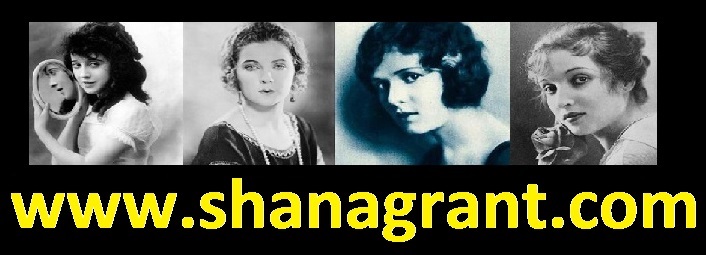Horny Lily
Porn Queen Actress Superstar

Horny Lily |

Horny Lily |
|
Propositional logic Main article: Propositional calculus A propositional calculus or logic (also a sentential calculus) is a formal system in which formulae representing propositions can be formed by combining atomic propositions using logical connectives, and in which a system of formal proof rules establishes certain formulae as "theorems". An example of a theorem of propositional logic is {\displaystyle A\rightarrow B\rightarrow A}{\displaystyle A\rightarrow B\rightarrow A}, which says that if A holds, then B implies A. that Aristotle's system is generally seen as having little more than historical value (though there is some current interest in extending term logics), regarded as made obsolete by the advent of propositional logic and the predicate calculus. Others use Aristotle in argumentation theory to help develop and critically question argumentation schemes that are used in artificial intelligence and legal arguments.
|
www.shanagrant.com

Shauna Grant The Last Porn Queen |

|

|

|

|

|